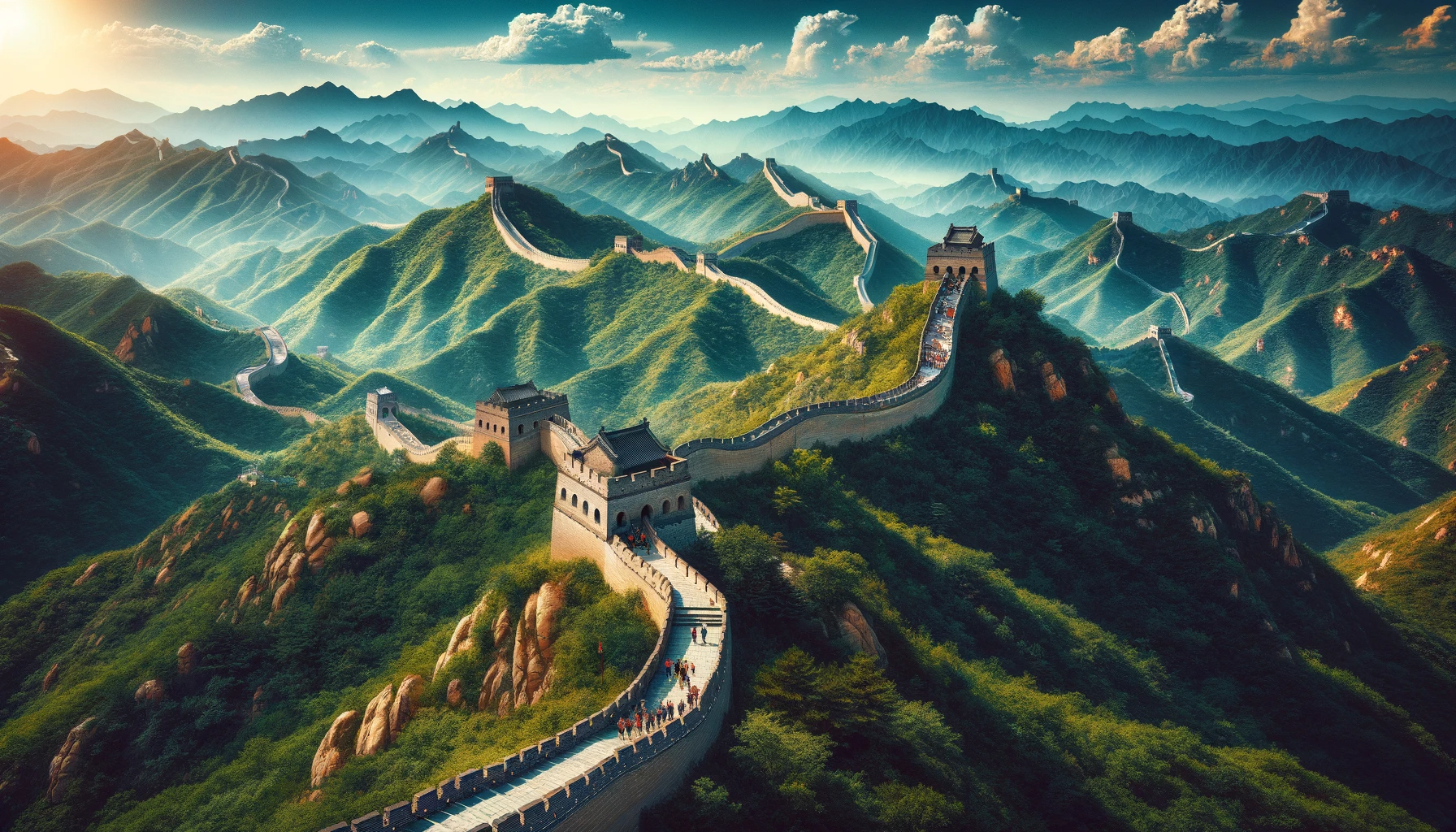China, the world’s most populous country, is a vast East Asian land with a history spanning over 5,000 years. Home to the Great Wall, the Forbidden City, and the Terracotta Army, China’s rich cultural heritage is as diverse as its expansive landscapes, from the Himalayas to the Yangtze River. This economic and technological powerhouse blends ancient traditions with modern innovation, offering a unique and dynamic experience for visitors and residents alike.
List of Public and National Holidays for China 2025
- New Year Holiday is on Wednesday, 1st January 2025.
- Spring Festival is from Tuesday, 28th January 2025 to Tuesday, 4th February 2025.
- Ching Ming Festival is on Friday, 4th April 2025.
- Labour Day Holiday is from Thursday, 1st May 2025 to Monday, 5th May 2025.
- Dragon Boat Festival is from Saturday, 31st May 2025 to Monday, 2nd June 2025.
- National Day Holiday is from Wednesday, 1st October 2025 to Wednesday, 8th October 2025.
- Mid-Autumn Festival is on Monday, 6th October 2025.
List of Public and National Holidays for China 2024
- New Year Holiday: Monday, 1 January 2024
- Spring Festival: Saturday, 10 February 2024, to Saturday, 17 February 2024
- Ching Ming Festival: Thursday, 4 April 2024, to Saturday, 6 April 2024
- Labour Day Holiday: Wednesday, 1 May 2024, to Sunday, 5 May 2024
- Dragon Boat Festival: Monday, 10 June 2024
- Mid-Autumn Festival: Sunday, 15 September 2024, to Tuesday, 17 September 2024
- National Day Holiday: Tuesday, 1 October 2024, to Monday, 7 October 2024
Source: gov.ch
China: A story of Ancient Civilization and Modern Progress
Introduction:
China, the world’s most populous country, is a land of immense cultural, historical, and geographical diversity. With a civilization dating back thousands of years and a rapidly evolving modern landscape, China presents a unique fusion of the ancient and the contemporary.
Historical Context
China’s history is rich and complex, marked by dynastic rule, philosophical developments, and significant inventions. From the Great Wall built during various dynasties to the cultural revolution of the 20th century, China’s history has shaped not only its own identity but also had a profound impact on the world.
Geographical Diversity
Spanning over 9.6 million square kilometers, China’s geography ranges from the Himalayan mountain range in the southwest to the deserts in the north and coastal plains in the east. This geographical variety contributes to a wide range of climates and ecosystems. China has a land boundary of approximately 22,800 km and shares borders with Korea to the east, Mongolia to the north, Russia to the northeast, Kazakhstan, Kyrgyzstan, and Tajikistan to the northwest, Afghanistan, Pakistan, India, Nepal, and Bhutan to the west and southwest, and Myanmar, Laos, and Vietnam to the south
Cultural Heritage
Chinese culture, one of the world’s oldest, is renowned for its traditional arts, including calligraphy, painting, and poetry. The philosophical teachings of Confucius and Laozi have had a lasting influence on Chinese society. Festivals like the Chinese New Year and the Mid-Autumn Festival are celebrated with great enthusiasm.
Language and Cuisine
Mandarin Chinese is the most spoken language. China’s cuisine, known for its diverse flavors and regional styles, like Cantonese, Sichuan, and Hunan, is celebrated globally.
Economic Growth
China has undergone remarkable economic growth, transforming from a predominantly agrarian society to an industrial powerhouse. It is a global leader in manufacturing and technology, with a rapidly growing digital economy.

Political Framework
The People’s Republic of China, established in 1949, is governed by the Communist Party of China. Under its one-party system, China has implemented policies leading to significant economic and infrastructural development, while also facing criticism for its human rights record.
Society and Challenges
China’s societal fabric is evolving, with urbanization and modernization bringing changes to traditional lifestyles. The country faces challenges like environmental sustainability, economic inequality, and maintaining its cultural heritage amidst rapid modernization.
Innovation and Technology
China is at the forefront of technological innovation, particularly in areas like 5G technology, artificial intelligence, and renewable energy. Its ambitious space program symbolizes its growing scientific prowess.
Global Influence
As a major global player, China’s economic policies, technological advancements, and cultural exports have a significant impact worldwide. Its Belt and Road Initiative exemplifies its expanding global influence.
Conclusion
China stands as a country of contrasts, where ancient traditions coexist with cutting-edge innovation. As it continues to shape its future, China remains a key player on the global stage, with its culture, economy, and politics of great significance to the international community.

